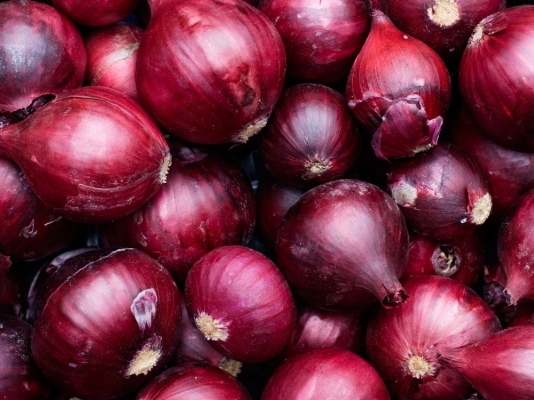Hissar 2: The tubers of this variety are brown red in color like copper and is round in shape taking flat shape from the top. Despite its low pungency, its storage capacity is good. It contains 11.5-13.9% total soluble content. The variety matures in 130-145 days and gives an average yield of 120qtl/acre.
Pusa Red: The tubers of this variety are medium in size, somewhat flat, red in color like copper. The variety matures in 125-140 days and gives an average yield of 100-120qtl/acre. It has good storage capacity and it contains 13-14% of total soluble content.
Hissar Onion-3: The tubers of this variety are shining brown red in color and is globular in shape. Despite its low pungency, its storage capacity is good. The attack of pink spot, yellow dwarf mosaic virus and thrips is least. The variety matures in 130-140 days and gives an average yield of 125qtl/acre.







